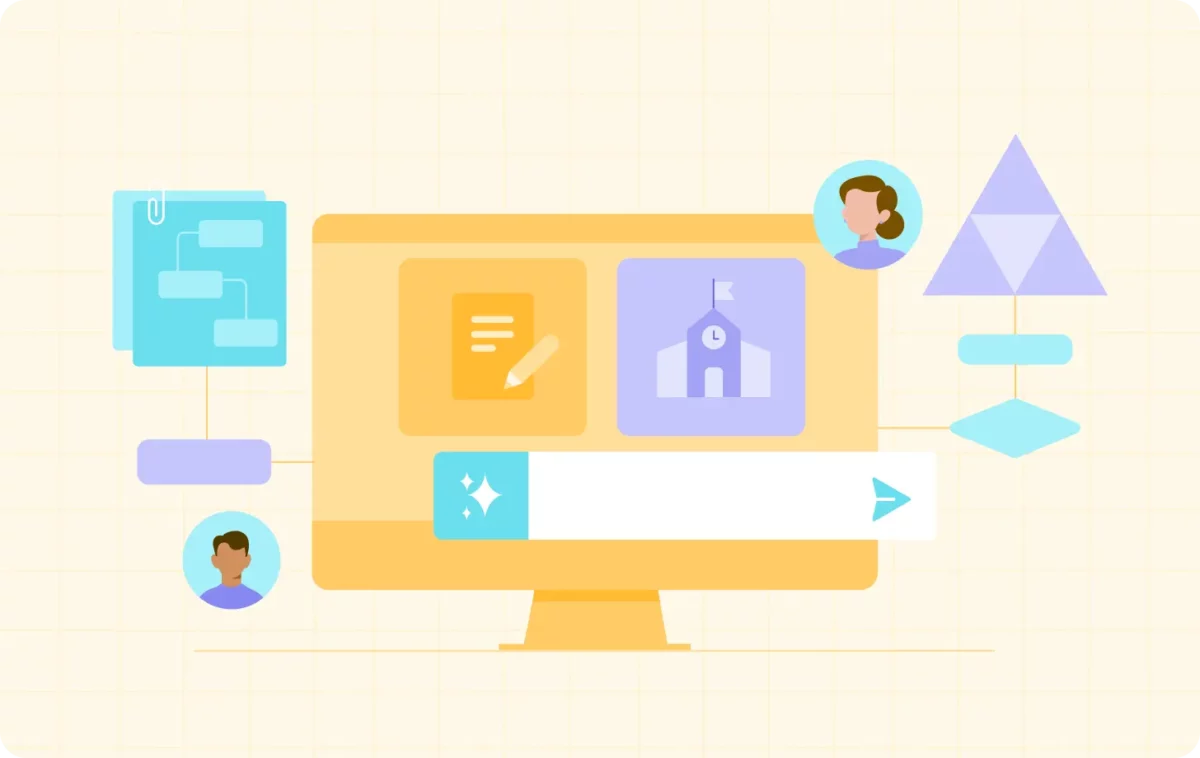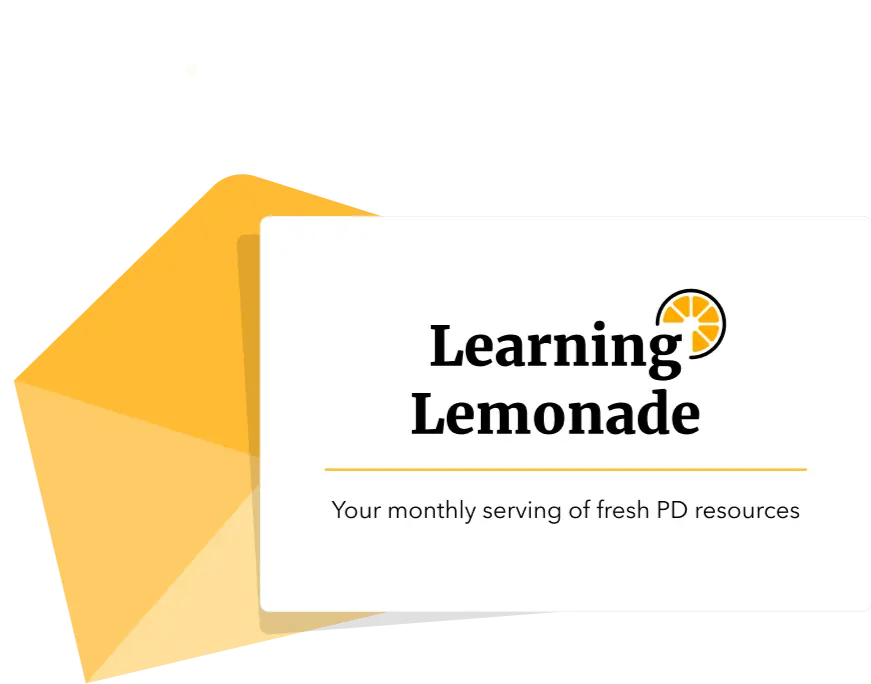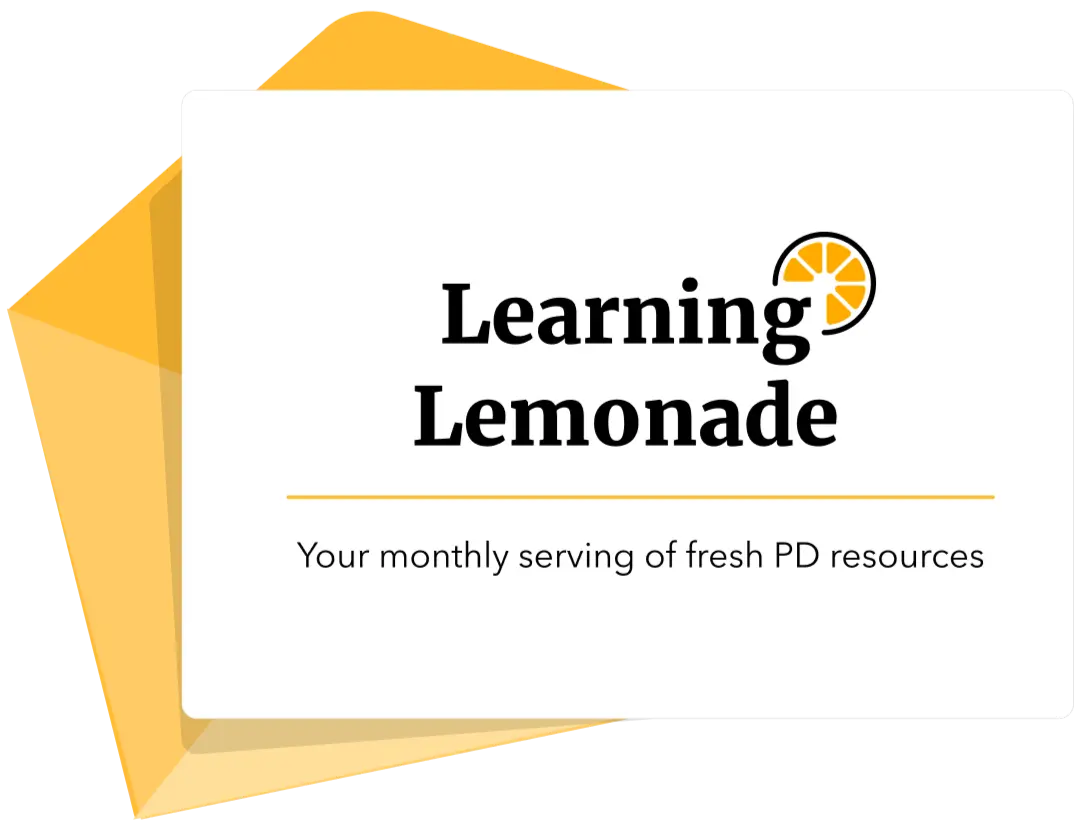Physical Education in a Virtual IB PYP Classroom
“Personal, social and physical education (PSPE) is concerned with the individual’s well-being through the promotion and development of concepts, knowledge, attitudes and skills that contribute to this well-being. Well-being is intrinsically linked to all aspects of a student’s experience at school and beyond. It encompasses physical, emotional, cognitive, spiritual and social health and development, and contributes to an understanding of self, to developing and maintaining relationships with others, and to participate in an active, healthy lifestyle.”
– International Baccalaureate – PSPE Scope and Sequence, 2018
Well-being in the present context
We have joined the present lockdown environment with wonder and caution at times, fearing our well-being but overall getting excited about the opportunities that were lying ahead. Yes, opportunities! If not now when could we harvest a better time for exploration and learning? Dimensions of well-being are the same as the health dimensions, they are similar with the Physical education/Physical literacy dimensions: physical, social, emotional, cognitive (spiritual included in some frameworks). My children and I have made four posters on the wall, each representing one of the dimensions mentioned above. As the weeks and days unfolded (over 100 days), we have acknowledged various activities and inquired about what dimension they fit it: creating home workouts, cooking, doing puppets show, watching birds or a rainbow, knot making, visiting museums online, sock wrestling, bowling, making sushi, creating shadow stories and more. The posters got filled up quickly and every week or so we built the habit of reflecting, comparing and contrasting them in a quest for a continuous higher purpose.

The entire lockdown experience made me wonder and think about some of the essential aspects of learning connected fundamentally to physical education. I have inquired further about well-being and Keyes’ (2002) perspective caught my attention: “Well-being is more than just happiness. As well as feeling satisfied and happy, well-being means developing as a person, being fulfilled, and making a contribution to the community”.
Exercise as a key factor in attaining well-being
The Australian Health and Physical Education Curriculum states that “the priority of the physical education teacher is to ensure that students are provided with learning opportunities to practice, create, apply, evaluate the knowledge, understanding and skills”. Our goal is to provide ongoing and explicit learning about movement. When we exercise complex motor movements, such as throwing a ball or a gymnastic roll, we are activating the areas of the brain involved in cognitive functions. To strengthen the communication between nerves the brain will fire signals to the same group of cells, which in turn will strengthen their connections. Cognitively, exercising improves learning in three different directions: improves alertness, motivation and attention, encourages brain cells to connect with each other facilitating information retention, and increases the development of new nerve cells (Ratey and Hagerman, 2010). Furthermore, exercising is getting us moving naturally, which stimulates the brain’s activity and gives us extra energy, engagement and motivation. By its very nature and name, physical education should be understood as an essential activity that engages students physically, mentally, socially and emotionally.
Remote learning and daily exercise
In the current context, we are presented with the needs to adapt to a new environment and to design learning experiences that lead to meaningful learning. We have to consider the fun element in this process and connect it to exercise. The most important challenge is to connect these exercises to the planned learning process. With this in mind, I found Toddle’s platform very helpful in facilitating this process, enabling teachers and students to navigate purposefully in this environment.
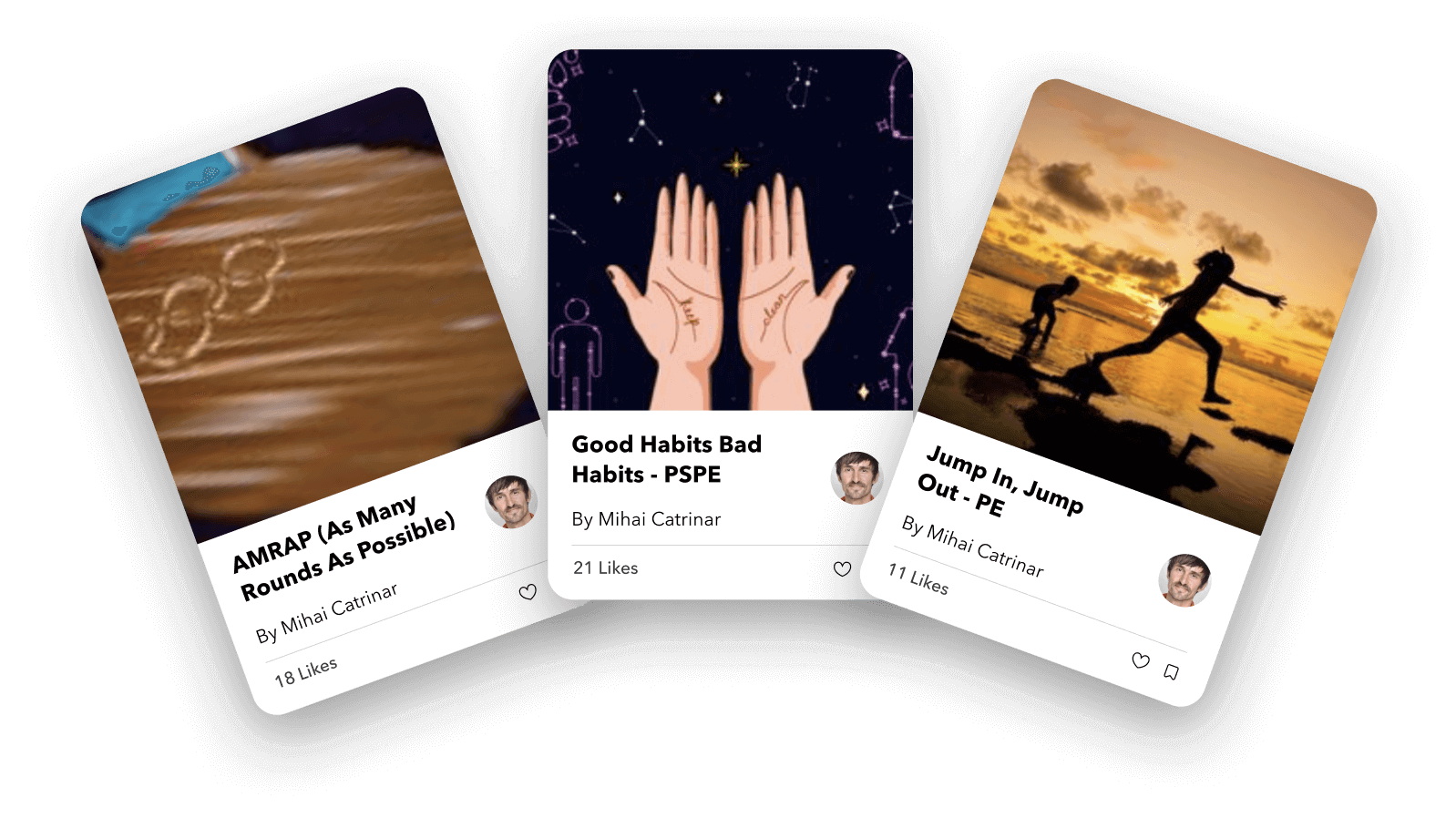

PE experiences can be designed for students geared at supporting them with skills and mindsets they need for life-
1. Supporting Goal Setting
Goal Setting is the first thing a self-regulated learner does when taking on a learning or problem-solving task. The need to project yourself into the future, to have something to work toward is mentioned by Bandura (2006) in his social cognitive theory where human agency is defined as “the human capability to exert influence over one’s functioning and the course of events by one’s actions.”
The S.M.A.R.T Goal Setting learning experience invites students to set goals, monitor, evaluate and reflect on their learning. This activity will help students to identify what they want to achieve, if what they want is realistic then they will determine a time frame for it. Students use a template that they can submit after completion on their Toddle Student App.
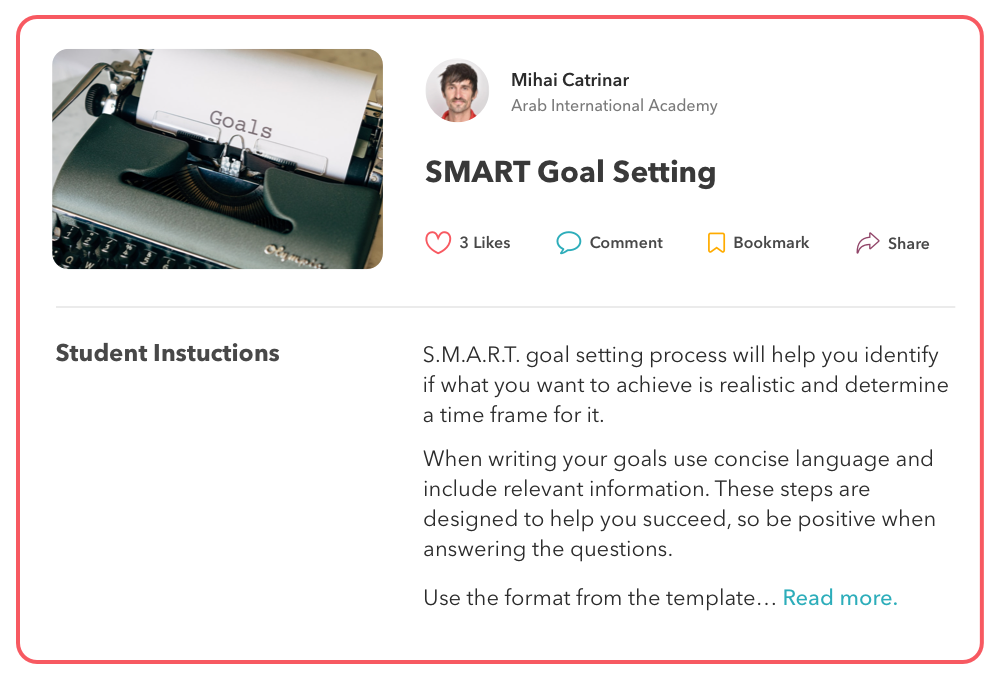
2. Exercise Routines and Energizers for Motivation
Exercise routines and energizers are intended to encourage students to start their virtual mornings strong and spend active breaks by using movement while also increasing their physical literacy.
Experiences like Animal Walks and Gymnastics and Mobility are designed to support students in identifying ways to live a healthier lifestyle, improve the range of motion of joints and enhance body awareness and posture.
In the Quick Chair Exercises, students have to inquire about possible ways to exercise by using a chair. Once they identify various moves they are required to practice them and compile them in a short video that will have to be uploaded on the Toddle Student App.


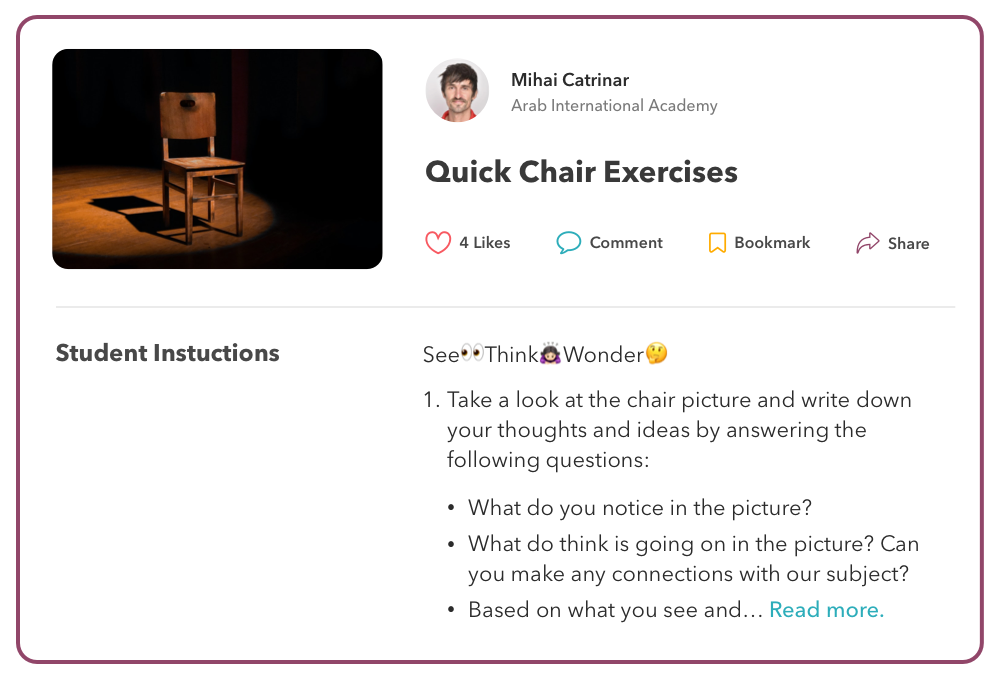
3. Sharing Feelings and Emotions
Sharing feelings and emotions through movement is an essential element of students’ development. Action quizzes like Have You Ever will help students emphasize the emotional element of their well-being. In this activity, the students are prompted with various questions – Have you ever slept in a tent? Have you ever exercised before breakfast? Have you ever told a lie? and their answer is a movement they are suggested with and have to perform. By performing 10 squats instead of saying “Yes” students use non-verbal communication and describe positive feelings that result from participating in these physical activities.

4. Nurturing Team Building and Collaborative Mindset
Activities like Two Truths and a Lie encourage students to value interaction, playing and learning with others, using not only movement but also their communication and social skills. In this activity, the Teller says two truths and one lie. The objective of the game is for the other players to guess which statement is the false one. If the guess is incorrect the players have to do an exercise chosen by the Teller.

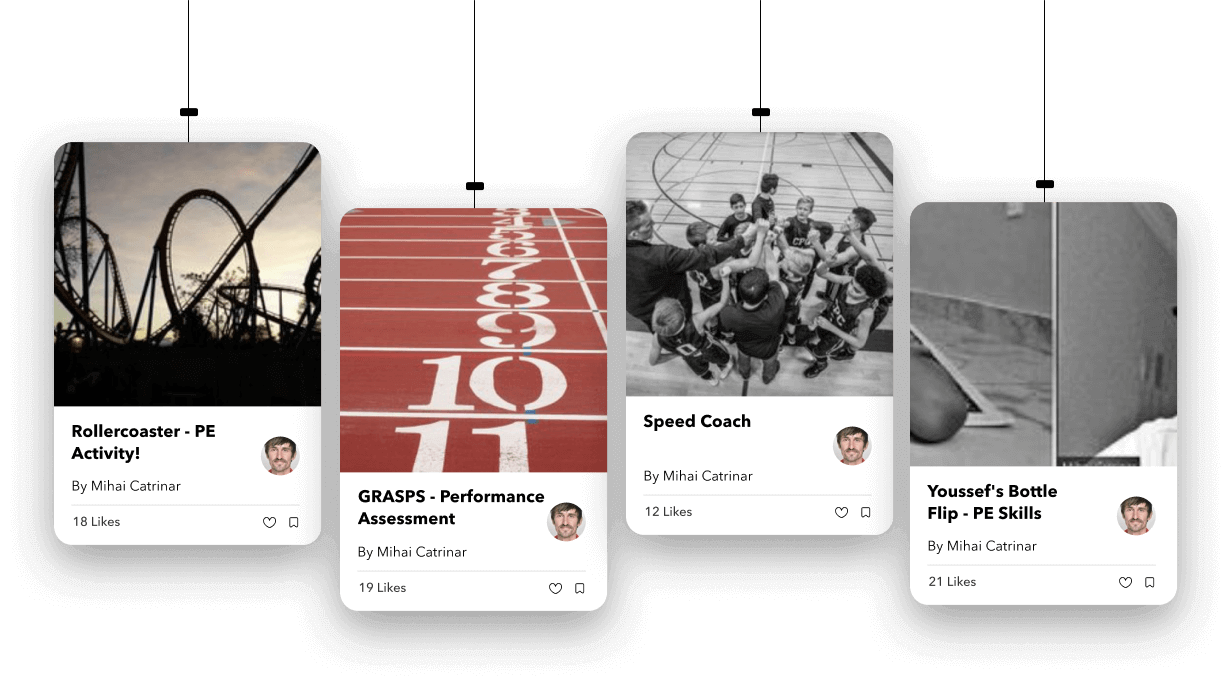
Personal reflection and essential learnings
Being able to use the diversity of tools that the Toddle platform lays for its users helped me create a holistic learning experience to foster physical wellness in students. Be it formulating learning intentions, phrasing the students’ instructions with clear and concise language or even using flexible assessment options and teachers’ notes that invite collaboration, my experience went from accommodation to assimilation very quickly. The need for connecting with other educators that are part of Toddle Community highly engaged me in pursuing my goal of attaining equilibration in planning, collaboration and teaching while using Toddle’s tools. Join me in this learning journey so that we can all interact, grow and experience success!
References:
- Bandura, A. . 2006. Toward A Psychology of Human Agency. Perspectives on Psychological Science.
- Keyes, C. (2002). The mental health continuum: From languishing to flourishing in life. Journal of Health and Behaviour Research, 43, 207–222. http://dx.doi.org/10.2307/3090197
- Ratey, J. J. and Hagerman, E. SPARK. 2010. The Revolutionary New Science of Exercise and the Brain. Quercus. London.
Watch Mihai bring these ideas to life in his webinar.
Related resources
Liked this resource? Here are a few more you might like to explore:



